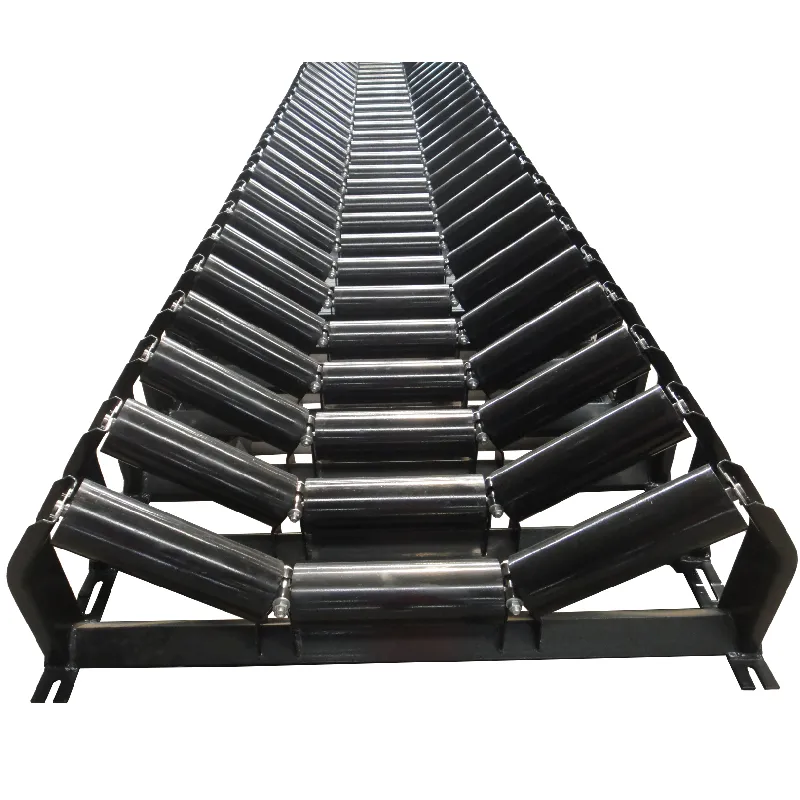 Afrikaans
Afrikaans  Albanian
Albanian  Amharic
Amharic  Arabic
Arabic  Armenian
Armenian  Azerbaijani
Azerbaijani  Basque
Basque  Belarusian
Belarusian  Bengali
Bengali  Bosnian
Bosnian  Bulgarian
Bulgarian  Catalan
Catalan  Cebuano
Cebuano  Corsican
Corsican  Croatian
Croatian  Czech
Czech  Danish
Danish  Dutch
Dutch  English
English  Esperanto
Esperanto  Estonian
Estonian  Finnish
Finnish  French
French  Frisian
Frisian  Galician
Galician  Georgian
Georgian  German
German  Greek
Greek  Gujarati
Gujarati  Haitian Creole
Haitian Creole  hausa
hausa  hawaiian
hawaiian  Hebrew
Hebrew  Hindi
Hindi  Miao
Miao  Hungarian
Hungarian  Icelandic
Icelandic  igbo
igbo  Indonesian
Indonesian  irish
irish  Italian
Italian  Japanese
Japanese  Javanese
Javanese  Kannada
Kannada  kazakh
kazakh  Khmer
Khmer  Rwandese
Rwandese  Korean
Korean  Kurdish
Kurdish  Kyrgyz
Kyrgyz  Lao
Lao  Latin
Latin  Latvian
Latvian  Lithuanian
Lithuanian  Luxembourgish
Luxembourgish  Macedonian
Macedonian  Malgashi
Malgashi  Malay
Malay  Malayalam
Malayalam  Maltese
Maltese  Maori
Maori  Marathi
Marathi  Mongolian
Mongolian  Myanmar
Myanmar  Nepali
Nepali  Norwegian
Norwegian  Norwegian
Norwegian  Occitan
Occitan  Pashto
Pashto  Persian
Persian  Polish
Polish  Portuguese
Portuguese  Punjabi
Punjabi  Romanian
Romanian  Russian
Russian  Samoan
Samoan  Scottish Gaelic
Scottish Gaelic  Serbian
Serbian  Sesotho
Sesotho  Shona
Shona  Sindhi
Sindhi  Sinhala
Sinhala  Slovak
Slovak  Slovenian
Slovenian  Somali
Somali  Spanish
Spanish  Sundanese
Sundanese  Swahili
Swahili  Swedish
Swedish  Tagalog
Tagalog  Tajik
Tajik  Tamil
Tamil  Tatar
Tatar  Telugu
Telugu  Thai
Thai  Turkish
Turkish  Turkmen
Turkmen  Ukrainian
Ukrainian  Urdu
Urdu  Uighur
Uighur  Uzbek
Uzbek  Vietnamese
Vietnamese  Welsh
Welsh  Bantu
Bantu  Yiddish
Yiddish  Yoruba
Yoruba  Zulu
Zulu Conveyor Systems Essential Parts and Components for Efficient Material Handling
Understanding Conveyor Components and Parts
Conveyor systems are an integral part of modern manufacturing and material handling processes. They enhance efficiency, reduce labor costs, and streamline operations in various industries, including food processing, automotive, pharmaceuticals, and logistics. At the heart of these systems are the conveyor components and parts, which play essential roles in ensuring smooth operation and reliability.
1. Types of Conveyor Systems
Before diving into the components and parts, it’s crucial to understand the various types of conveyor systems. The most common include
- Belt Conveyors These are the most widely used; they consist of a continuous belt that moves materials from one point to another. - Roller Conveyors These use horizontal rollers to facilitate the movement of items; ideal for transporting boxes, cartons, and pallets. - Chain Conveyors These carry heavy loads and are optimal for the automotive and manufacturing sectors. - Screw Conveyors Often used for bulk materials, these conveyors use a rotating screw to move materials along a trough.
2. Key Conveyor Components
Each type of conveyor system is composed of various parts, each serving a specific function. Here are some of the key components
- Conveyor Belt The conveyor belt is the most visible part of a belt conveyor. It is responsible for transporting the materials and can be made from various materials such as rubber, plastic, or metal, depending on the application's requirements.
- Pulleys Pulleys are essential for belt movement. The drive pulley moves the belt while the return pulley supports the belt as it moves back to the starting point.
- Idlers These are cylindrical rollers that support the conveyor belt, helping to keep it aligned and reducing friction. They are placed at intervals along the length of the conveyor and can be adjustable to maintain proper tension.
- Motors and Drives The motor provides the power necessary to move the conveyor. Connected to the drive pulley, it can be configured in various ways depending on the specific requirements of the conveyor system.
conveyor components & parts

- Frames The frame supports the entire conveyor structure
. Made from materials like steel or aluminum, frames can be freestanding or mobile, depending on the application.- Transitions Transition components allow for changes in direction, elevation, or belt type. They are vital for ensuring that products move smoothly between sections of a conveyor system.
3. Importance of Proper Maintenance
To ensure the longevity and efficiency of a conveyor system, proper maintenance of its components is vital. Regular inspections can help identify wear and tear on belts, pulleys, and idlers, which can prevent costly downtimes and failures.
Lubrication of moving parts, such as roller bearings and chain links, is crucial for smooth operation. It reduces friction and wear, extending the lifespan of the conveyor parts. Additionally, keeping the conveyor system clean from debris and contaminants ensures that materials are transported without blockage or damage.
4. Advancements in Conveyor Technology
Recent advancements in conveyor technology have significantly improved the efficiency and safety of these systems. Automated monitoring systems use sensors and IoT technology to provide real-time data on conveyor performance, allowing for proactive maintenance strategies. Additionally, advances in material science have led to the development of lighter and stronger conveyor belts, reducing energy consumption and increasing load capacity.
Furthermore, modular conveyor systems have become popular, offering flexibility in design and easy reconfiguration to adapt to changing operational needs. This modularity allows businesses to scale their operations effortlessly.
Conclusion
In conclusion, understanding the components and parts of conveyor systems is essential for anyone involved in manufacturing or material handling. The efficiency of a conveyor system directly impacts productivity and operational costs. By investing in quality conveyor components and ensuring proper maintenance, businesses can achieve reliable and efficient material handling solutions. As technology continues to evolve, staying informed about advancements will be critical for leveraging the full potential of conveyor systems in various industries.
-
Revolutionizing Conveyor Reliability with Advanced Rubber Lagging PulleysNewsJul.22,2025
-
Powering Precision and Durability with Expert Manufacturers of Conveyor ComponentsNewsJul.22,2025
-
Optimizing Conveyor Systems with Advanced Conveyor AccessoriesNewsJul.22,2025
-
Maximize Conveyor Efficiency with Quality Conveyor Idler PulleysNewsJul.22,2025
-
Future-Proof Your Conveyor System with High-Performance Polyurethane RollerNewsJul.22,2025
-
Driving Efficiency Forward with Quality Idlers and RollersNewsJul.22,2025





























